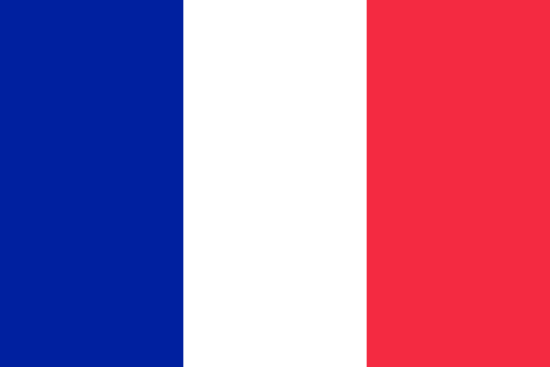"Liberté, Egalité, Fraternité | Liberty, Equality, Fraternity"
About:
Orléans, France, founded by the Celts circa 400 BC, became a key Roman city. It was later the site of Clovis the Frank's 5th-century victory over the Visigoths, marking the rise of the French nation. In the 15th century, Joan of Arc famously lifted the English siege during the Hundred Years' War. Orléans was heavily damaged in World War II but has since been restored. Today, it's a vibrant city known for its history, culture, and as the capital of the Centre-Val de Loire region.
When to visit:
Orléans, a city located in north-central France, is an ideal destination for travelers seeking a mix of cultural heritage and natural beauty. The best time to visit Orléans is during the spring months of April to June when the weather is mild and the city is in full bloom with colorful flowers. This period also coincides with the famous annual Joan of Arc Festival held in May, offering visitors a chance to witness historical reenactments and parades. Summer is another popular time to visit Orléans, with warm temperatures perfect for exploring the city's charming streets and enjoying outdoor activities along the Loire River.
When to avoid:
The worst time to travel to Orléans on a holiday is during the peak of the summer season, typically in July and August. During this time, the city experiences its highest influx of tourists, leading to crowded attractions, long queues, and higher prices for accommodation and activities. The hot and sweltering weather can also make outdoor sightseeing uncomfortable for visitors not accustomed to high temperatures. Additionally, many locals may choose to take their own holidays during this time, resulting in some businesses and services operating on reduced schedules. It is advisable to consider traveling during the shoulder seasons of spring or autumn for a more pleasant and manageable experience in Orléans.
Winter (Dec-Feb)
Orléans, France, experiences its coldest period from December through February with average temperatures falling to 3°C. Rainfall is highest in December, averaging 50mm. Days are short with only about 2 hours of sunlight, the sky often covered by clouds. For a visitor, an average day might involve bracing the chilly winds while exploring the city's historic sites. Expect to bundle up in warm clothing and carry an umbrella for unexpected drizzles. Despite the cold, the city's indoor attractions like museums and cafes provide cozy respite.
Summer (June-August)
In Orléans, France, the warmest part of the year typically spans from June to August, with July being the hottest month. During this period, the average high temperature ranges from 23°C (73°F) to 26°C (79°F) while the average low ranges from 13°C (55°F) to 15°C (59°F).
Rainfall is relatively low during these months, averaging around 50mm per month, with approximately 8-9 days of rainfall. This makes the summer the driest season in Orléans, allowing for plenty of opportunities to explore the city's rich history and culture.
The city enjoys an average of 7-8 hours of sunlight per day during the summer months, providing ample daylight for outdoor activities. Humidity levels are moderate, typically around 60-70%, making the heat comfortable rather than oppressive.
Cloudiness varies, but clear or partly cloudy days are more common than fully overcast ones. The chance of a day being cloudy or mostly cloudy is about 30-40%.
A typical day for a visitor in Orléans during the warmest part of the year would involve comfortable, warm temperatures perfect for strolling through the city's historic center or enjoying a boat ride on the Loire River. It's warm enough to enjoy a meal or a glass of wine at an outdoor café, but not so hot as to be uncomfortable. With the relatively low rainfall, there's a good chance of enjoying a dry, sunny day. The moderate humidity keeps things comfortable, and the mix of sun and clouds provides a pleasant, changing skyline.
Language:
Orléans, located in central France, predominantly speaks French as it is the national language. However, due to globalization and the city's historical significance, English is also commonly understood and spoken, particularly in the tourism and business sectors. Other languages such as Spanish, German, and Italian may also be spoken due to educational programs and immigrant populations.




